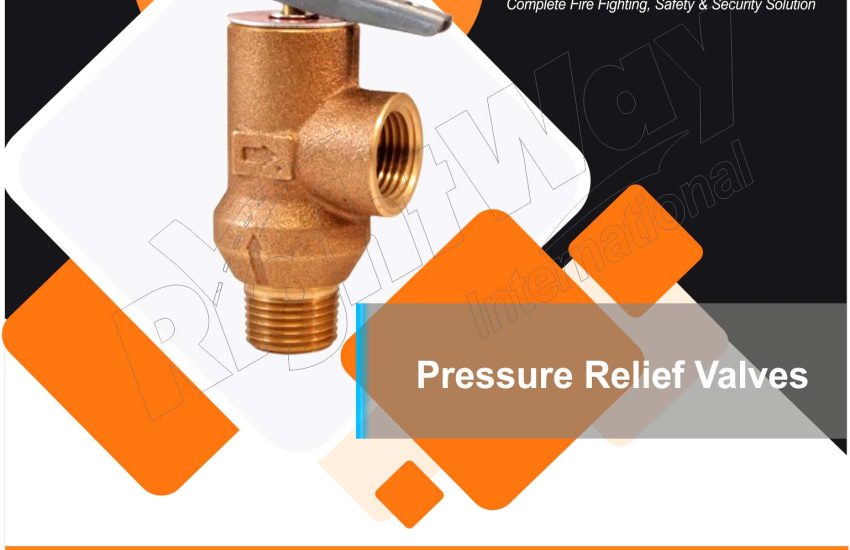Pressure Relief Valve (PRVs) are critical safety devices used in various industrial and commercial applications to prevent excessive pressure buildup in systems. This article explores the function, features, benefits, and common applications of pressure relief valves.
What is a Pressure Relief Valve?
A pressure relief valve is a safety mechanism designed to automatically release excess pressure from a system to prevent equipment failure or catastrophic incidents. When the pressure exceeds a predetermined level, the valve opens to allow fluid to escape, thereby reducing pressure within the system.
Key Features
- Automatic Operation: PRVs are designed to open and close automatically based on system pressure, providing seamless protection without manual intervention.
- Adjustable Settings: Many pressure relief valves come with adjustable pressure settings, allowing users to tailor the operation to specific system requirements.
- Durable Construction: Typically made from robust materials such as stainless steel or brass, PRVs are designed to withstand harsh operating conditions.
- Quick Response: Pressure relief valves are engineered for rapid activation, ensuring timely pressure relief during emergencies.
- Variety of Designs: Available in different configurations, including spring-loaded and pilot-operated designs, to suit various applications and pressure ranges.
Benefits of Pressure Relief Valves
- Safety Assurance: PRVs protect against over pressure conditions that could lead to equipment damage or catastrophic failures, safeguarding personnel and property.
- System Reliability: By maintaining safe pressure levels, these valves enhance the overall reliability and longevity of equipment and systems.
- Cost Savings: Preventing over pressure events reduces the likelihood of costly repairs and downtime, contributing to overall operational efficiency.
- Compliance with Regulations: Many industries are required to use pressure relief valves to comply with safety standards and regulations, ensuring safe operations.
- Versatile Applications: PRVs can be used in a variety of systems, including water, steam, gas, and chemical processes, making them essential across multiple sectors.
Applications
- Industrial Processes: In manufacturing plants, pressure relief valves are used in boilers, pressure vessels, and piping systems to prevent over pressure situations.
- Oil and Gas Industry: PRVs are critical in oil refineries and gas processing facilities to manage pressure in pipelines and storage tanks.
- HVAC Systems: In heating and cooling systems, pressure relief valves help maintain safe pressure levels, protecting equipment from damage.
- Water Systems: Municipal water supply systems use PRVs to control pressure and protect distribution networks.
- Chemical Processing: In chemical plants, these valves are essential for managing the pressure of reactive and hazardous materials.
Conclusion
Pressure relief valves are essential components in ensuring safety and reliability in various systems and industries. Their automatic operation, durable construction, and ability to prevent over pressure conditions make them invaluable in protecting equipment and personnel. By investing in quality pressure relief valves, businesses can enhance operational safety and efficiency while ensuring compliance with industry regulations.


